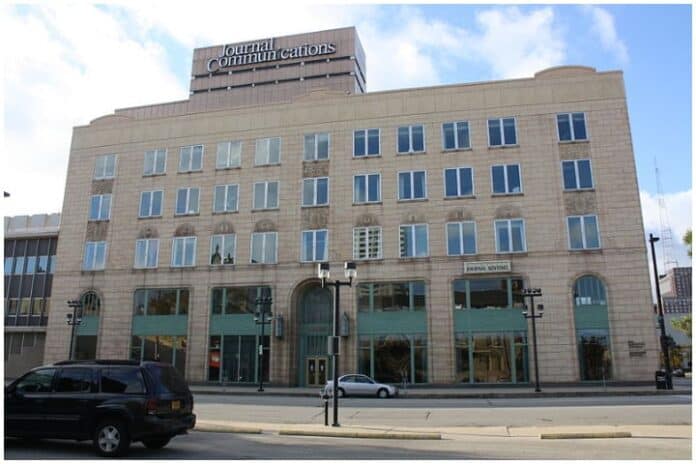Despite test scores that show nearly 60% of students in Wisconsin schools cannot read or do math at grade level, more than 90% of school districts in the state meet the state’s expectations.
The Department of Public Instruction recently released its school and school district report cards.
“Statewide, achievement improved from 2021-22 to 2022-23, though for many schools and districts, 2022-23 achievement performance is lower than pre-pandemic levels,” DPI said in a statement. “Report card achievement scores, overall scores and ratings may have decreased despite upward trending achievement performance.”
Of the 378 public school districts in the state that received a report card this year, 357 met or exceeded expectations.
Quinton Klabon with the Institute for Reforming Government questioned that.
He told The Center Square some schools met expectations while having 12% of their students able to do math at grade level.
“What is a 3-star school district? It’s Green Bay, apparently, where hundreds fell below grade level since the pandemic and only one-quarter of students are college-ready. It’s Milwaukee, surprisingly, where a tiny recovery allowed it to be rated ‘meets expectations.’ Whose expectations are met with 16% and 12% reading and math proficiencies?” Klabon added.
Will Flanders with the Wisconsin Institute for Law and Liberty also questioned the expectations from DPI.
“Despite proficiency of 17% in reading and 11% in math, MPS is rated as ‘meets expectations’ on the state report card,” Flanders said. “The soft bigotry of low expectations has never been more true.”
Klabon said the school report cards look worse when you factor in Wisconsin’s worst-in-the-nation racial learning gap.
“Wisconsin has the most shameful racial achievement gap in the country,” Klabon said. “Even with grade inflation, 53% of predominantly Black schools are 1 or 2 stars. Thirty-one percent of predominantly Hispanic schools are, and rural schools serving Indigenous kids also struggle. We need to expect more from the adults in charge: go all in on this summer’s statewide reading reforms, fund choice schools fairly and hold higher expectations on the state report cards so parents can make good decisions for their family.”
Klabon did say the local report cards show the need for, and the success of, school choice – particularly in Milwaukee.
“Seventeen of the top 20 schools in Milwaukee are choice schools,” Klabon added. “Every student deserves a 5-star school. School choice is essential to making that happen.”




















